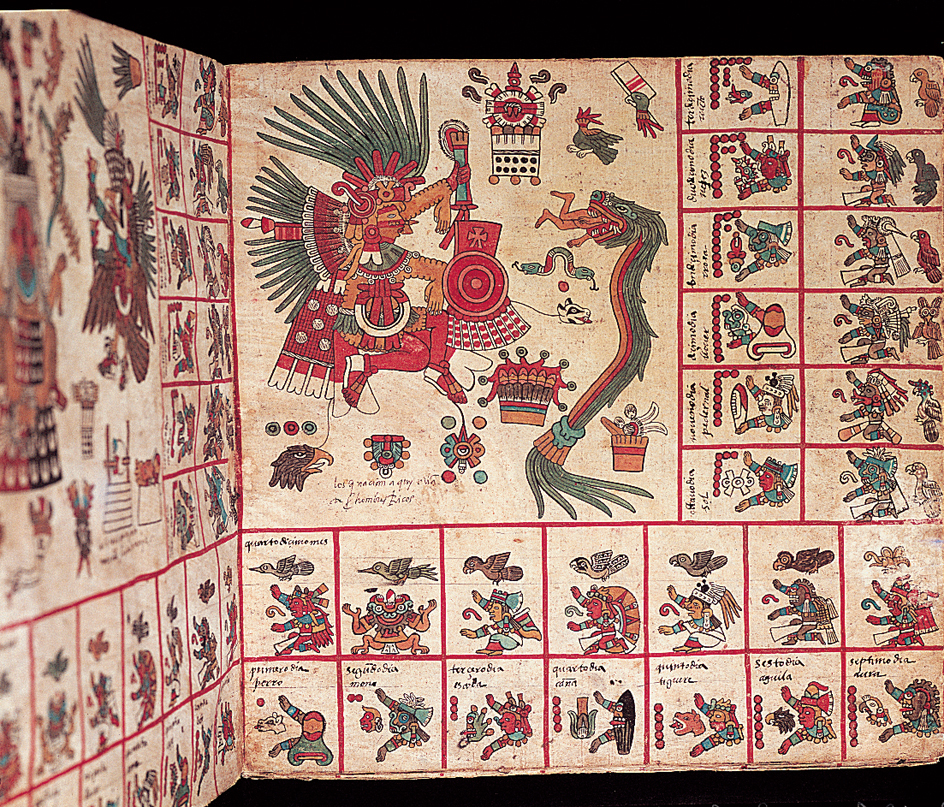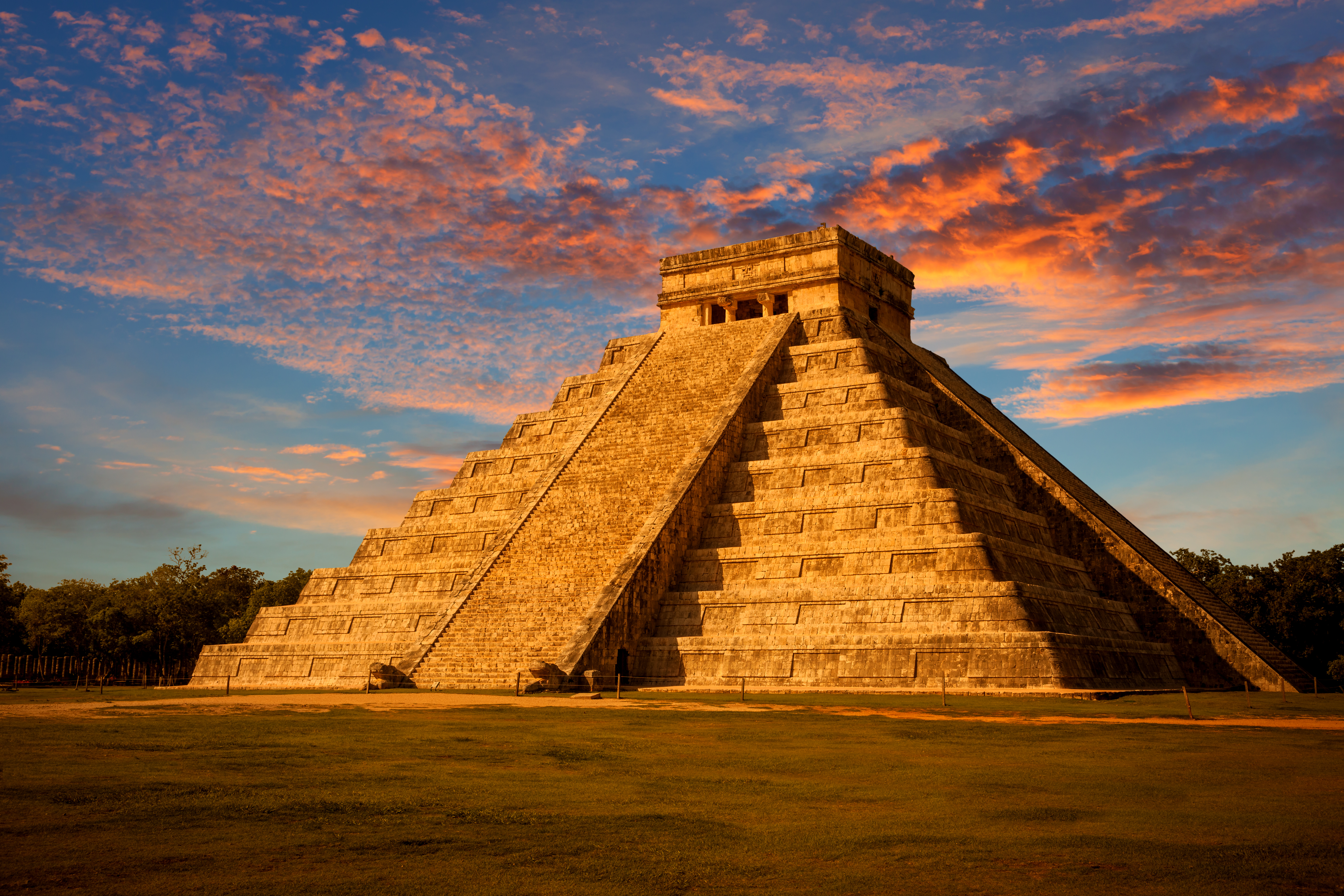Quetzalcoatl << keht sahl koh WAH tuhl >> was an important god worshiped by early peoples of Mexico and Central America before the Spanish conquest. These peoples included the Toltec and later the Aztec. The name Quetzalcoatl may be translated as feathered (or plumed) serpent or precious twin. Quetzalcoatl was a creator god and a wind god. He also was associated with learning, with the Aztec calendar, and with fertility and water. Quetzalcoatl was also a culture hero, a legendary figure who represents the ideals of a cultural group. He was believed to have taught humankind how to make arts and crafts and to measure time. He was also a Toltec priest-king called Topiltzin Quetzalcoatl—an embodiment of the god.

There are various stories and versions of stories about Quetzalcoatl, both the god and the semidivine ruler. Many of these tales place Quetzalcoatl in conflict with Tezcatlipoca << tehs KOT lee POH kuh >>, one of his three brothers. At first, the brothers cooperated. But then they fought, knocking each other out of the sky and placing different deities there as the sun. The four brothers caused great destruction with fire, floods, rampaging giants, and a tornado. Finally, the heavens collapsed. Quetzalcoatl and Tezcatlipoca then reconciled and repaired the damage. The four brothers created a new sun by sacrificing Quetzalcoatl’s son.
Other stories about Quetzalcoatl tell how Tezcatlipoca corrupted him by giving him an intoxicating drink. In some accounts, Quetzalcoatl became disoriented and coupled with his sister Quetzalpetatl << keht SAHL pa TAH tuhl >>. Out of remorse, Quetzalcoatl set himself on fire. After he had burned up, Quetzalcoatl’s heart rose into the sky to become the planet Venus, which is sometimes called the “morning star” when seen before sunrise. For this reason, Quetzalcoatl sometimes is referred to as “lord of the dawn.” Xolotl << SHOH loht >>, the Aztec god of the evening star (Venus after sunset), is sometimes referred to as Quetzalcoatl’s twin brother. Some stories tell that Quetzalcoatl descended to the land of the dead, where he obtained bones from which he created human beings. In some versions of the tale, Quetzalcoatl sailed away to the east on a raft and was prophesied to return one day.
In 1519, Hernán Cortés, the leader of a Spanish expedition, arrived in Mexico. Some historians believe that the Aztec emperor Montezuma II and his people thought Cortés might be Quetzalcoatl, returned from the east. Montezuma allowed Cortés to enter the Aztec capital of Tenochtitlan (now Mexico City). The Spaniards eventually took Montezuma prisoner and tried to rule the empire through him. The Aztec people rebelled in 1520. However, Tenochtitlan fell to the Spaniards in 1521, and Spain soon controlled the entire Aztec empire.
The Maya people of Mexico’s Yucatán Peninsula also worshiped a form of Quetzalcoatl called Kukulkan. The famous step pyramid in the ancient Maya city of Chichén Itzá is dedicated to the plumed serpent god.

